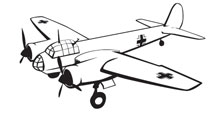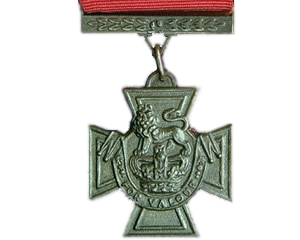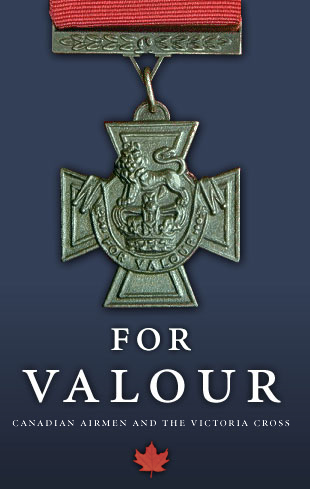Tools of War
Sopwith Snipe
The Snipe first saw action near the end of World War I. It was bigger, heavier and more durable than the Sopwith Camel (which it replaced), and was easier to maneuver. The Snipe sported two 0.303 inch Vickers machine guns and could also carry 100 pounds of bombs. William Barker’s Victoria Cross action is the best-known story involving the Snipe.
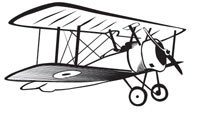
Armstrong Whitworth FK8
Nicknamed “Ack-W” or “Big Ack”, the F.K.8 was a reliable but clumsy two-seater biplane that was popular among World War I pilots. Along with its pilot and observer or gunner, the Ack-W could carry 70 kilograms of bombs – it was often used for reconnaissance, artillery spotting and light bombing. Big Ack could reach speeds of up to 140 kilometres per hour, an altitude of 13,000 feet and a range of 380 kilometres.

Consolidated Canso
This Second World War plane was a “flying boat” – an airplane that could take off and land from the water. These planes could stay airborne for long periods of time and could fly great distances. A Canso could be armed with various torpedoes, depth charges and bombs – good for battling U-boats and submarines. As a result, it was mainly used for coastal patrol during the war.
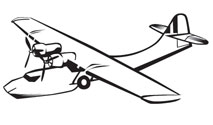
Avro Lancaster
The Avro Lancaster bombers (nicknamed “Lanc” or “Lankie”) were large planes used by both the RAF and RCAF in the last four years of the Second World War. Powered by four Merlin engines, the Lanc could fly faster than 400 kilometres per hour and could be fitted with nearly 10,000 kilograms of bombs. Browning Mark II machine guns were located in front, midsection and rear turrets to combat enemy planes. It took seven crew members to operate the Lancaster in a typical bombing mission.

Nieuport 17
The Nieuport 17 had a bigger engine and larger wings than the earlier Nieuport 11. Even though it was bigger, it maneuvered and climbed very well. Many of William Bishop’s victories were scored in the cockpit of his Nieuport – his plane stood out from the rest because of its nose, which Bishop had painted blue.
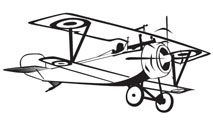
Junkers Ju 88
The Ju 88 was used by the German Luftwaffe in the Second World War. It was a two-engine plane used for a variety of jobs: spying, bombing, heavy fighting and more. There were 60 different versions in operation – in total, almost 15,000 were made during the war. Most could carry about 3,000 kilograms of bombs as well as four crew members and machine guns.
